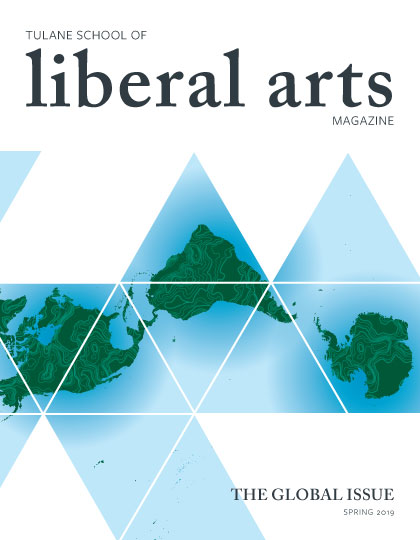The Global Issue Spring 2019
The Tulane School of Liberal Arts Magazine, a biannual magazine published by Tulane University's School of Liberal Arts Dean’s Office, explores the school’s approach to larger questions and issues in the social sciences and humanities, faculty research and teaching methodologies, and student service and creative endeavors, celebrating the broader definition of a liberal arts education. The Spring 2019 GLOBAL ISSUE investigates how the school imparts a global education and includes articles ranging from foreign language teaching methodology to engaged scholarship in Nigeria, Latin America, the Middle East, and New Orleans, as well as essays by faculty members Mary Clark, Brian Edwards, Nora Lustig, and Monica Payne on their research and entries by liberal arts students Gabriella Burns and Riley Moran.
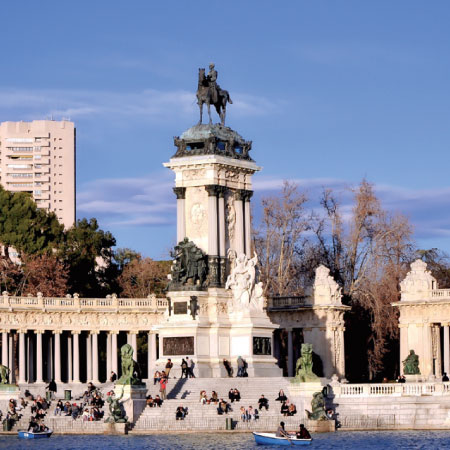
Global Education for Generation Z
Dean Edwards examines how technology, travel, and trends are shaping new approaches to language learning.
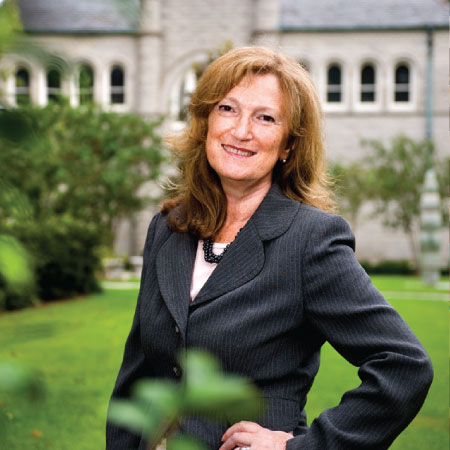
Commitment to Equity
Nora Lustig explores how taxes and transfers can create more equitable societies, from Ethiopia to Argentina and Indonesia.

Cultivating Change
Tulane’s new complementary curriculum requirements incorporate diversity and inclusion, broadening students’ perspectives.
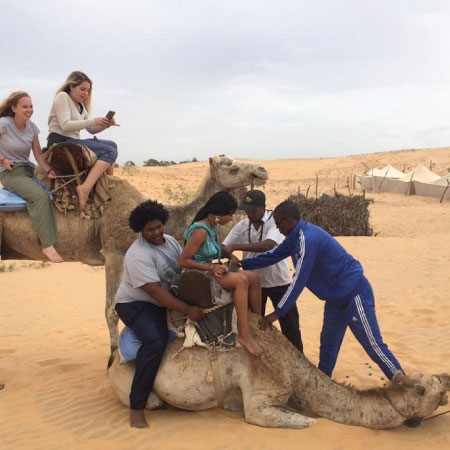
Study Abroad
A liberal arts experience in essence, studying abroad equips students with opportunities to learn more about themselves and the world around them.
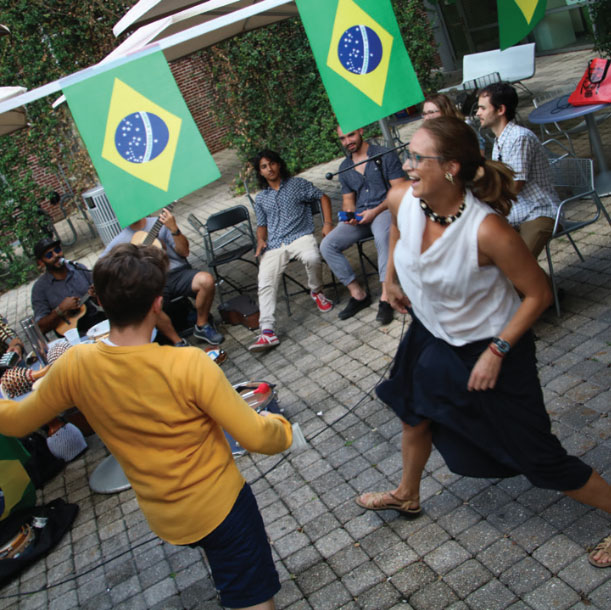
Learning More Than a Language
Liberal arts faculty teach more than how to read, write, and speak a new language.
Also in This Issue:
- From New Orleans to Nigeria: Engaged Scholarship
- Destination New Orleans: Connecting with Visiting Scholars
- A Global Perspective on Mental Health and Suicide
- Philosophy in the Community
- Environmental Justice: Beyond the Classroom
- Sacred Space
- Nevea Domingo: A Short Story by Riley Moran (SLA ’19) Political Science
About the Cover:
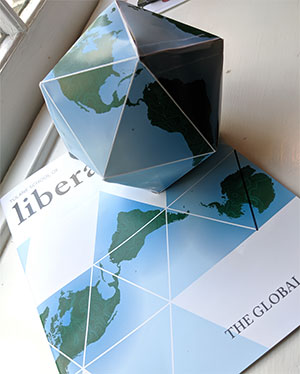
Philosopher, author, educator, and inventor Buckminster Fuller designed a way to display the world all at once with the most accurate proportions through the Dymaxion Map. In Fuller’s Words, “the Dymaxion Map reveals a One-World Island in a One-World Ocean,” prompting us to consider our shared resources, ideologies, and concerns, although they may differ slightly from one place to another.



